Introduction
City Council’s resolution 20150514-004 directs staff to initiate a process for “incorporating the cultivation of native milkweed where feasible into the city’s landscape portfolio at city-owned properties” in order to support declining populations of the monarch butterfly. Milkweed is the primary food source for monarch butterfly larvae, so city council is doing its best to plant milkweed in available areas on city owned lands.
Prairies and grasslands with dense, tall vegetation:
- Provide habitat for birds, butterflies, bees, and other pollinators
- Improve rain infiltration, which reduces erosion and runoff
- Store carbon in the soil to help mitigate climate change
- Provide colorful natural beauty for all to enjoy
- Utilize less water and fewer chemicals such as herbicides and fertilizers
- Help reduce our carbon footprint and fuel costs from mowing
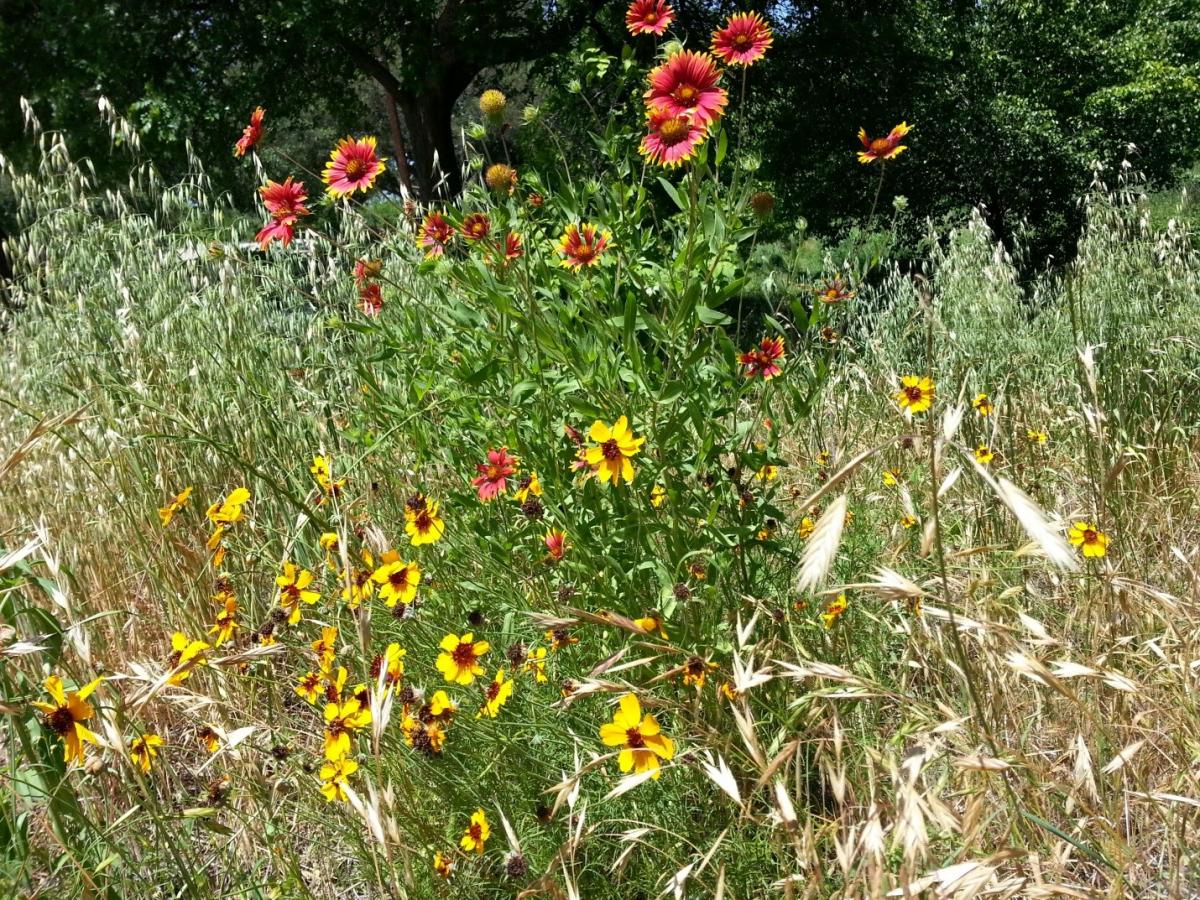
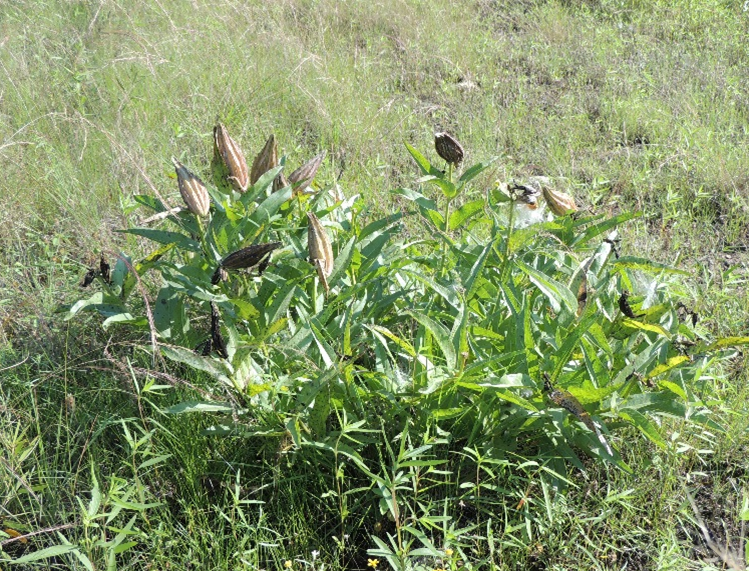
Management shift
Underutilized areas of City parks that are currently mowed with a 3-week to once-a-month frequency are being evaluated for suitability as pollinator-supporting wildflower meadows. Selected areas would be assigned a mowing schedule during dormant seasons to allow native wildflowers and grasses to set seed. Trails within these areas can be mowed more frequently to connect areas of the park and provide the public with access to enjoy the wildflower meadows. Signage is being placed to educate and inform the public of the intent and goal of the modified management.
Prairie communities with a significant wildflower component can be aesthetically pleasing and provide habitat for other pollinators beyond monarch butterflies. Bee populations are known to be declining globally and these important species would likely benefit from the increased foraging opportunities provided by wildflower meadows. Furthermore, management aimed at reducing mowing frequency in parks will enhance soil health and storm water infiltration as well as reducing management costs and carbon emissions associated with current mowing practices.
Improved Water Quality
Reduced mowing and soil carbon amendments will result in an increase in plant rooting depth and enhanced storm water filtration and infiltration. The enhanced performance of large areas of open space in parks will improve water quality and reduce runoff and erosion at a watershed scale, resulting in more functional green space in the city and healthier watersheds.
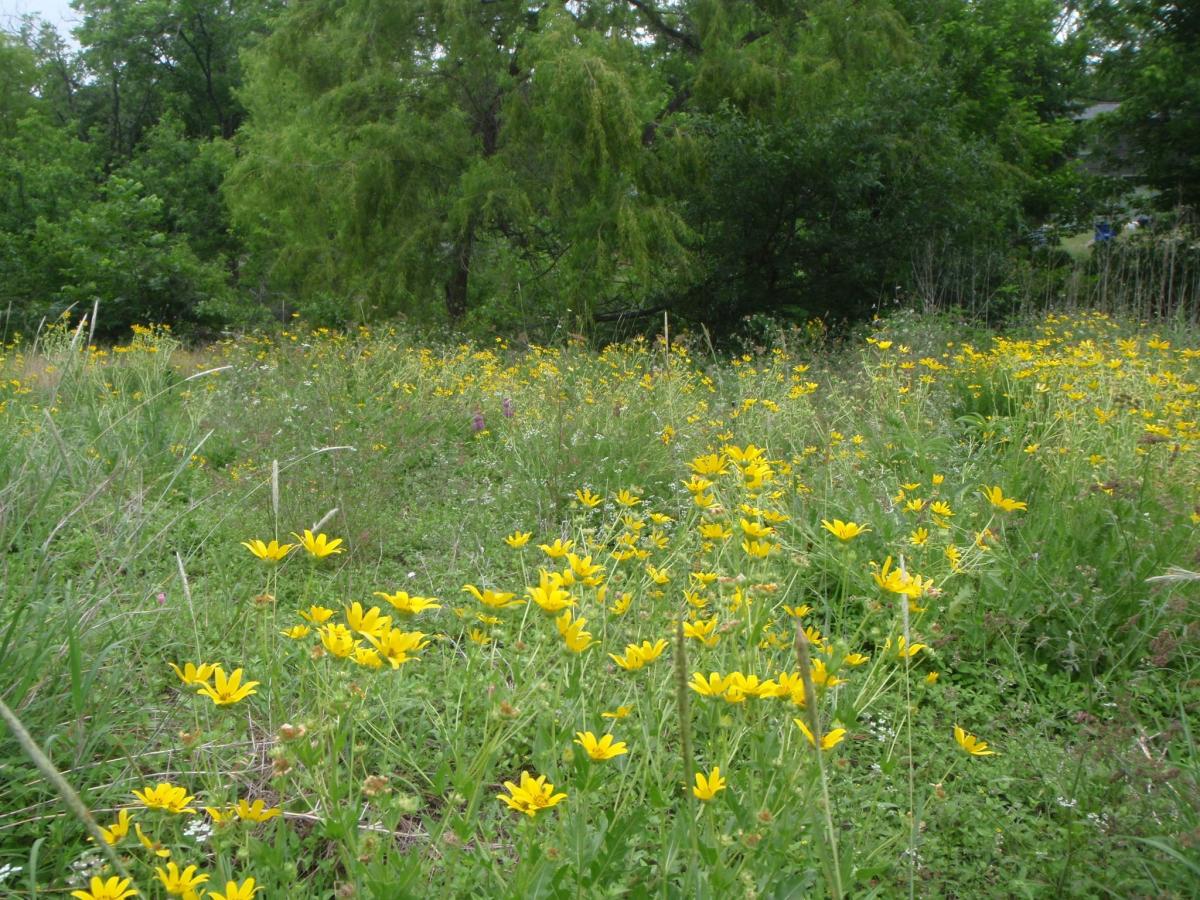
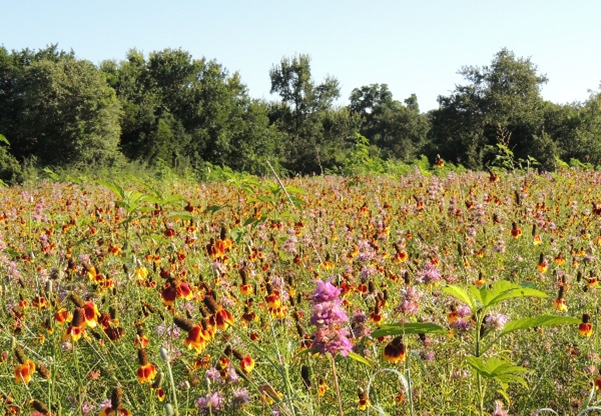
Timing:
Wildflowers emerge at certain times of the year and bloom months later. Once the bloom cycle is complete the next stage is seed development. At this stage seeds develop mature seed heads or pods and start to dry, turning beige, brown and yellow. It is now an appropriate time to mow. By mowing after seeds have matured, plants are allowed to spread its seed bank for the next year. Mowing helps spread desirable seeds and creates mulch protecting the area as a natural weed barrier.
- Bloom cycle occurs – variable
- Two or more bloom cycles may occur depending on habitat composition and plant communities. No mowing during bloom cycle allowed.
- Exceptions permitted for wildfire risk areas as determined by Austin Fire Department or Department Director
- Seed development stage occurs - variable
- Mowing allowed. Mowing ground crew leaders or district managers consult Lady Bird Johnson Wildflower Center expert for advice about when to mow each year.
- Mowing setbacks and heights: In order to provide an element of safety and the appearance of active management/ maintenance it is important to mow a “border strip” approximately 72 inch wide path along the perimeter of the Wildflower Meadow area. This practice will apply to areas adjacent to sidewalks, street right of way (ROW) and designated trails, when appropriate.
- Mowing heights should be set to minimize scarring of new wildflower growth and to protect emerging rosettes of wildflowers such as our state flower the Texas bluebonnet. Scarring attracts disturbance weed species and non-native species.
- Wildflower Meadows boundaries will be predetermined by District managers, marked with Wildflower Meadow signage and easily identified by mowing crews.
- Post mowing
- After seed heads have matured and mowing has occurred, leave plant material onsite for seed bank regeneration and mulch.
ANNUALS: Since many of these wildflowers are annuals, this means they will need to go to seed in order to come back in the next year. Strategic control of mowing will allow natural regeneration of native seed banks.
PERENNIALS: These species are highly valued and return each year from expanded clumps. Starting from seed most perennials do not bloom until they have lived through at least one growing seasons and a winter. During the first year they develop small top growth, while developing deep root systems. This growing process allows the plant to survive its first winter and then enables natural development of the plant in the second season. Some top perennials include butterfly weed, Indian blankets, black eyed Susan, queen of the prairie, and purple cone flowers.
Most milkweeds are perennial species that have evolved over thousands of years in the grasslands and prairies of North America and are best adapted to these environments. The successful management and enhancement of milkweed populations in the urban landscape therefore can best be facilitated by re-creating these prairie plant communities throughout the city. Underutilized areas of parkland, those that are routinely mowed but have minimal to no active recreation on them, represent ideal locations for developing these communities.
A wildflower meadow is not maintenance-free, but it is less labor intensive than a lawn and it costs less to maintain. During the first few years you will want to enhance the seedbank by seeding native grasses and wildflowers and control any aggressive weeds that threaten to take over. But, gradually you will work yourself out of doing much weeding. There is really nothing left to do but to enjoy the flowers. You’ll see more birds, butterflies, and small animals in your wildflower meadow as it matures. You truly will have a "window on nature" on your park.
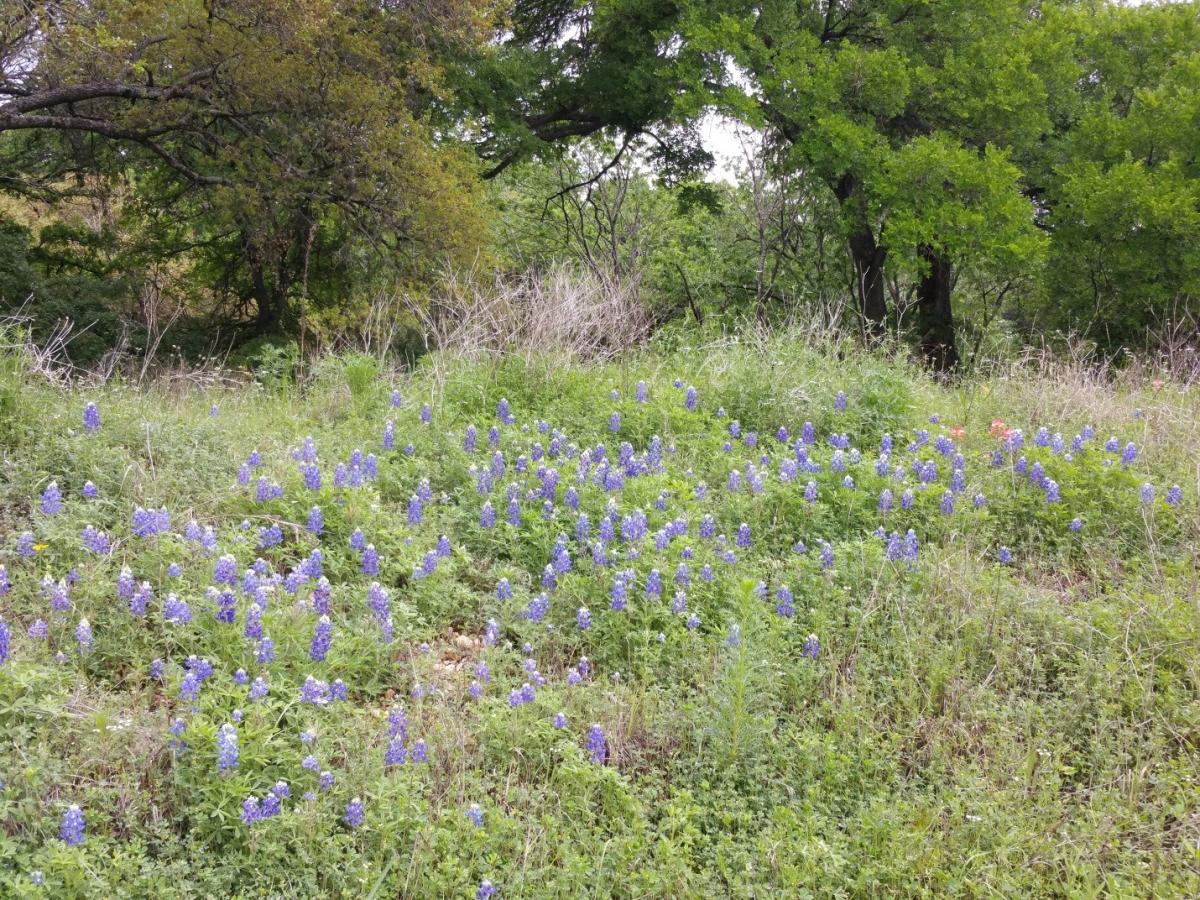
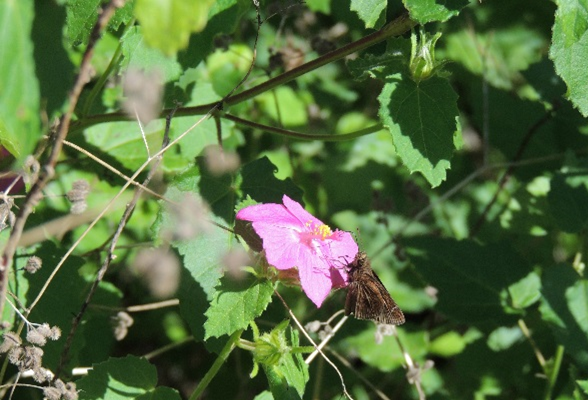
Contact
PARD Operations & Maintenance: omadministration@austintexas.gov

